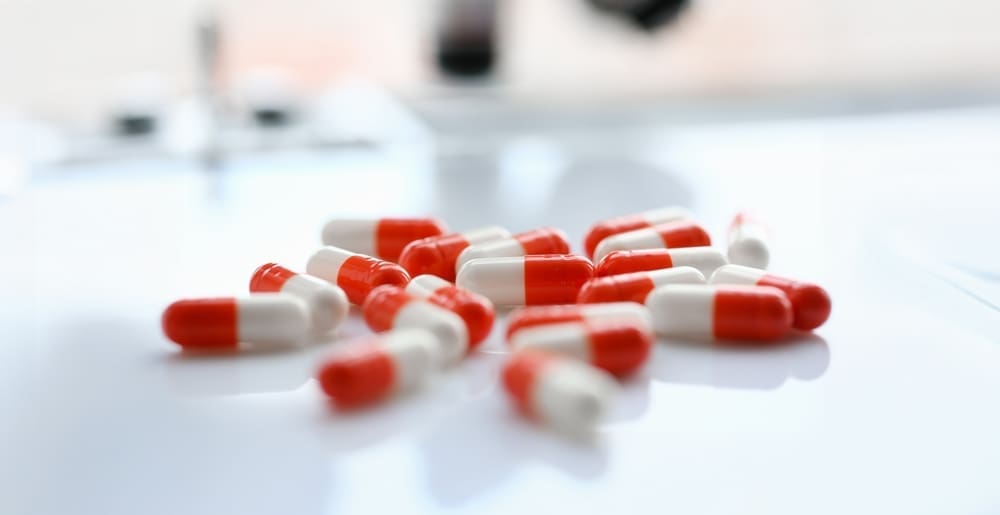US President Donald Trump has instituted an executive order targeting the reduction of prescription drug prices in the US, but the specifics and long-term results remain ambiguous. Trump highlighted the disparity in drug pricing, noting that international patients pay significantly less than Americans. He announced that drug companies would be mandated to decrease prices domestically, describing the order as historically significant, with expected price reductions between 30% and 80%. However, experts have expressed skepticism regarding these claims, and market reactions suggest a negligible immediate impact.
The complexity of the US healthcare system, which includes extensive private insurance, employer subsidies, and public programs like Medicare and Medicaid, contributes to high drug prices. In contrast, other developed nations with centralised systems can negotiate lower rates or reject overpriced drugs. A 2021 report by the US Government Accountability Office found US prescription drugs to be two to four times more expensive than those in Australia, Canada, and France.
Addressing drug costs has been a bipartisan issue, with both Trump and former President Joe Biden attempting to tackle it, especially concerning life-saving drugs like insulin, yet prices remain inflated. Trump’s administration attributes this to pharmaceutical lobbying and substantial donations to Congress members. Trump’s trade tariffs, a tool he frequently employs against other nations, might exacerbate costs, as he has threatened to tax imported drugs.
The executive order’s scope is broader than previous endeavors, but many details are pending clarification. It instructs US officials to ensure foreign drug pricing agreements do not lead to unreasonable or discriminatory price increases for Americans. The White House also aims to promote direct sales from drug companies to consumers, bypassing insurers and benefit managers, and considers importing cheaper drugs from abroad, though past attempts faced regulatory and safety hurdles.
A significant component of the order is the proposal for the US to achieve Most Favoured Nation status, compelling drug companies to match the lowest international prices when selling domestically. Despite this, the enforcement mechanism remains unclear. Alan Sager, a health policy professor, highlights the opaque nature of drug pricing, suggesting manufacturers could claim compliance by showcasing existing discounts on high retail prices.
Market reactions to the announcement initially impacted major drug manufacturers’ stock prices, but a swift rebound occurred, indicating investor confidence in limited effects from the order.
Challenges to the plan may arise as pharmaceutical companies might withdraw from international markets where they sell more affordably to maintain US profits. There are concerns that adopting European pricing models could negatively affect US patients’ health outcomes, and it’s uncertain how reduced drug prices align with Health Secretary Robert F. Kennedy Jr.’s “Make America Healthy Again” initiative, which prioritizes diet and exercise over pharmaceutical solutions.
Public opinion favors potential drug price reductions, as polls consistently show high costs are a primary concern in US healthcare. C Michael White of the University of Connecticut suggests that while the order’s impact may be minimal for many, steps towards transparency and cost reduction are positive.
Pharmaceutical industry groups criticize the executive order, asserting it could hinder drug availability and research funding while failing to significantly lower costs. Industry leaders argue that importing foreign prices would be detrimental to American patients and biotech companies.
Professor Sager proposes alternative research funding methods, such as offering cash prizes for disease cures. He cautions that meaningful action on drug prices will depend on the president’s sustained focus and effective intervention.














